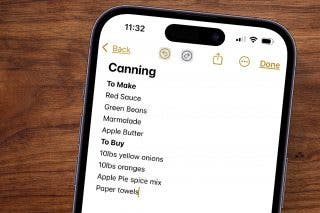When Does an Android Beat an iPhone?


Anyone who knows me will tell you I’m an Apple head, but I wasn’t always this way. I’ve had a smartphone in my pocket ever since they became mainstream, and that smartphone has been an iPhone since 2019. The heated Android vs. iPhone debate has always interested me because of the almost fanatical passion on both sides. Let me tell you all the things that Android phones do better than iPhones and why I don’t see myself switching back to Android anytime soon.
The Android Advantage
As of 2015, there were almost 1,300 companies creating tens of thousands of different types of Android phones. This gives Android users a greater selection to pick from than iPhone users could ever imagine, including the exciting Samsung Galaxy Z Flip, LG Wing, or the Pixel Fold. They come in all different shapes, sizes, and colors, with myriad buttons, physical features, and gimmicks. Not only does this make it harder to pick which Android phone to buy, it’s also difficult to compare this wide range of devices to the flagship iPhones.
One thing that’s true for all Android phones is they are incredibly customizable and give users control over their device’s interface and basic features. The average user might not appreciate this enough to care, but if you are into tinkering with your phone, Android is definitely the way to go. If you prefer a uniform design, even when you upgrade, iPhones may be more your speed.
Android phones also tend to be the first to get exciting new features, like the ability to use AI to make sure everyone in a group photo is smiling or to remove background noise in videos. But these new features don’t come without glitches.
The iPhone Comes in Swinging
I switched to the iPhone 11 after spending two months and hundreds of dollars struggling to replace my Pixel 3’s cracked screen. Three different stores said, “If this was an iPhone, we could do it in 10 minutes for $25.” It took me a week to fall in love with the simplicity and speed of iOS, although I did not find it to be as intuitive as I expected.
My only true complaint is that iPhones work great, but only with other Apple devices. Not being able to use all the iOS features I love in texts with my Android-user friends is ridiculous. Luckily for everyone, Apple is finally talking about adopting the standards used by everyone else in the upcoming year—fingers crossed!
My favorite thing about the iPhone is how it works with the Apple ecosystem and makes it easy to build a smart home that I can easily control with all my Apple devices. I love being able to copy and paste across devices and cast my iPhone, MacBook, or iPad to another screen. For more on iOS, be sure to sign up for our free Tip of the Day newsletter!
I am also impressed with AppleCare Plus and how affordable yet reliable it is when it comes to fixing and extending the lifespan of my iPhone and other Apple products. Plus, an iPhone retains its value like no other phone: I have sold used iPhones and Apple Watches for 80% of their purchased price a year later. Not that you have to upgrade right away—I know many people who still love their iPhone 6. Apple still offers official iOS updates to iPhones that are 7+ years old. Now how many people do you know who still use their Pixel 2 or Galaxy S7?
Tracking the Score
Feature: App Stores
Android: 2,500,000+ apps through the Google Play Store. iPhone: 1,760,000+ apps through the Apple App Store. Winner: Android
Feature: New Feature Releases
Android: Releases new features often, but they can be glitchy when they first come out, especially with heavily customized phones. iPhone: Tests new features extensively before releasing them to the public to minimize glitches. Winner: iPhone
Feature: Available Languages
Android: Available in 100+ languages. iPhone: Available in 28 languages, including variants and dialects. Winner: Android
Feature: Supporting Devices
Android: Offers supporting devices, but they don’t compare to Apple’s flagship devices. iPhone: Works with Apple Watch Ultra and AirPods Pro, which are the best in the market for their respective device categories. Winner: iPhone
Feature: Virtual Assistant
Android: Google Assistant tends to answer more complicated questions better. iPhone: Siri will often provide a link with more information that you need to read yourself. Winner: Android
Feature: Virus Vulnerability
Android: Prone to getting viruses and are more lenient with developers allowed to have apps in the Google Play Store. iPhone: Rarely get viruses and the App Store has strict privacy and security guidelines. Winner: iPhone
Feature: Value Retention
Android: Works great for a couple of years but gets outdated fast. iPhone: Retain their value for an impressively long time. Winner: iPhone
And the Winner Is…
Sure, hearing about the Pixel 8’s Audio Magic Eraser and BestTake features has me jealous. I can’t wait until Apple has similar features that use AI to isolate/remove unwanted sounds or make sure that the group photo shows off everyone’s best selves! But the thing with smartphone companies is that they are always borrowing each other’s ideas and using them to make their phone the best one; it’s only a matter of time before the iPhone has all these features in an even more streamlined way!
No matter if you prefer Android or iPhone, it is hard to keep up with the latest tech because something new and exciting is always coming out. Plus, no matter how many photos Samsung Galaxy S23 Ultra-wielding friends show me, I still feel like my Phone 15 Pro Max’s 48-Megapixel camera with five levels of optical zoom takes better photos. Plus, my phone was cheaper!

Olena Kagui
Olena Kagui is a Feature Writer at iPhone Life. In the last 10 years, she has been published in dozens of publications internationally and won an excellence award. Since joining iPhone Life in 2020, she has written how-to articles as well as complex guides about Apple products, software, and apps. Olena grew up using Macs and exploring all the latest tech. Her Maui home is the epitome of an Apple ecosystem, full of compatible smart gear to boot. Olena’s favorite device is the Apple Watch Ultra because it can survive all her adventures and travels, and even her furbabies.


 Amy Spitzfaden Both
Amy Spitzfaden Both
 Rachel Needell
Rachel Needell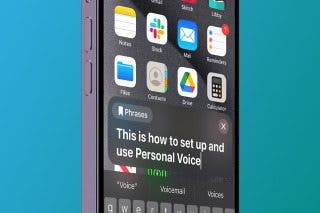
 Rhett Intriago
Rhett Intriago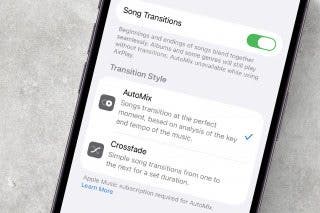

 Olena Kagui
Olena Kagui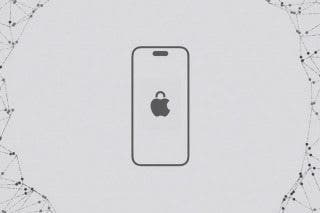
 Cullen Thomas
Cullen Thomas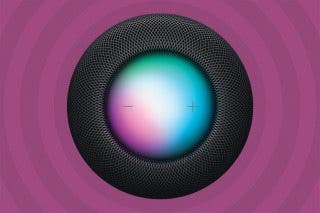
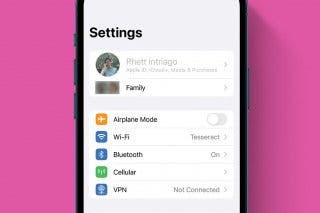
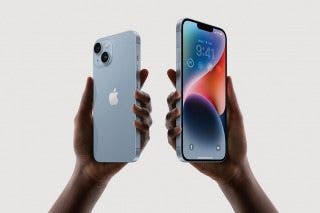

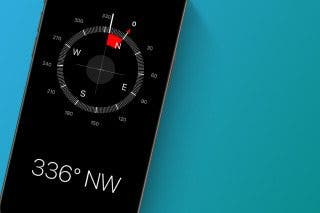
 Leanne Hays
Leanne Hays